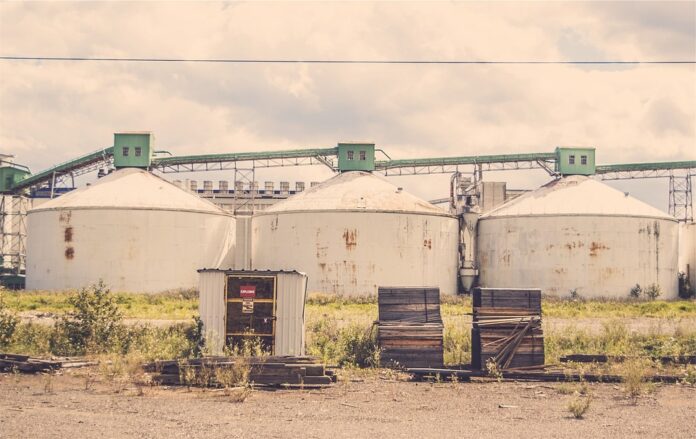Maintenance Schedules and Cleaning Procedures for Silos
When it comes to maintaining silos, proper maintenance schedules and cleaning procedures are essential to ensure the efficient operation of these storage structures. Silos are commonly used in industries such as agriculture, manufacturing, and food processing to store bulk materials such as grain, cement, and chemicals. Neglecting maintenance and cleaning can lead to costly repairs, contamination of stored materials, and even safety hazards. In this report, we will discuss the importance of maintenance schedules and cleaning procedures for silos, provide industry insights, and offer practical tips for keeping your silos in top condition.
Importance of Maintenance Schedules
Regular maintenance is crucial for the longevity and performance of silos. By following a structured maintenance schedule, you can identify and address potential issues before they escalate into major problems. This can help prevent costly downtime and repairs, ensuring that your operations run smoothly. Additionally, proper maintenance can extend the lifespan of your silos, saving you money in the long run.
Industry Insights
According to a report by Market Research Future, the global silos market is expected to grow at a CAGR of 4.5% from 2020 to 2027. This growth is driven by increasing demand for storage solutions in industries such as agriculture, construction, and mining. With the rising adoption of automation and advanced technologies in silo management, the need for regular maintenance and cleaning is more important than ever to ensure optimal performance and efficiency.
Maintenance Schedule Recommendations
To maintain your silos effectively, it is important to establish a comprehensive maintenance schedule. Here are some key recommendations to keep in mind:
1. Regular Inspections: Conduct routine inspections of your silos to check for signs of wear and tear, corrosion, leaks, and other issues. Inspect the structural integrity of the silo, including the walls, roof, and foundation.
2. Cleaning: Regularly clean the interior of the silo to remove debris, dust, moisture, and other contaminants. Use appropriate cleaning equipment and techniques to ensure thorough cleaning without damaging the silo structure.
3. Lubrication: Lubricate moving parts such as hinges, joints, and valves to prevent friction and wear. Use high-quality lubricants recommended by the silo manufacturer for optimal performance.
4. Pest Control: Implement pest control measures to prevent infestations of insects, rodents, and other pests that can damage stored materials and compromise silo integrity.
5. Emergency Response Plan: Develop a comprehensive emergency response plan in case of accidents, leaks, or other unforeseen events. Train your staff on emergency procedures and ensure that necessary resources are readily available.
Cleaning Procedures
In addition to regular maintenance, proper cleaning procedures are essential for the upkeep of silos. Here are some best practices for cleaning silos effectively:
1. Emptying the Silo: Before cleaning, empty the silo of all stored materials to prevent contamination and ensure safe access for cleaning personnel.
2. Dry Cleaning: Use brushes, brooms, vacuums, and compressed air to remove dry debris, dust, and residue from the interior surfaces of the silo. Be thorough in cleaning hard-to-reach areas such as corners and crevices.
3. Wet Cleaning: For more stubborn residues, use water, detergents, and cleaning solutions to wash the interior of the silo. Use appropriate safety measures to prevent slips, falls, and exposure to chemicals.
4. Disinfection: After cleaning, disinfect the interior of the silo to kill bacteria, mold, and other harmful microorganisms. Use disinfectants approved for food-grade storage to maintain hygiene standards.
5. Drying: Allow the silo to dry thoroughly before refilling it with materials to prevent moisture buildup and mold growth. Use fans, heaters, or natural ventilation to expedite the drying process.
Conclusion
In conclusion, maintenance schedules and cleaning procedures are essential for the proper upkeep of silos in various industries. By following a structured maintenance schedule and implementing effective cleaning procedures, you can ensure the optimal performance, longevity, and safety of your silos. Remember to conduct regular inspections, clean the interior of the silo thoroughly, and develop an emergency response plan to address unforeseen events. By investing in proper maintenance and cleaning, you can maximize the efficiency and reliability of your silos for years to come.




